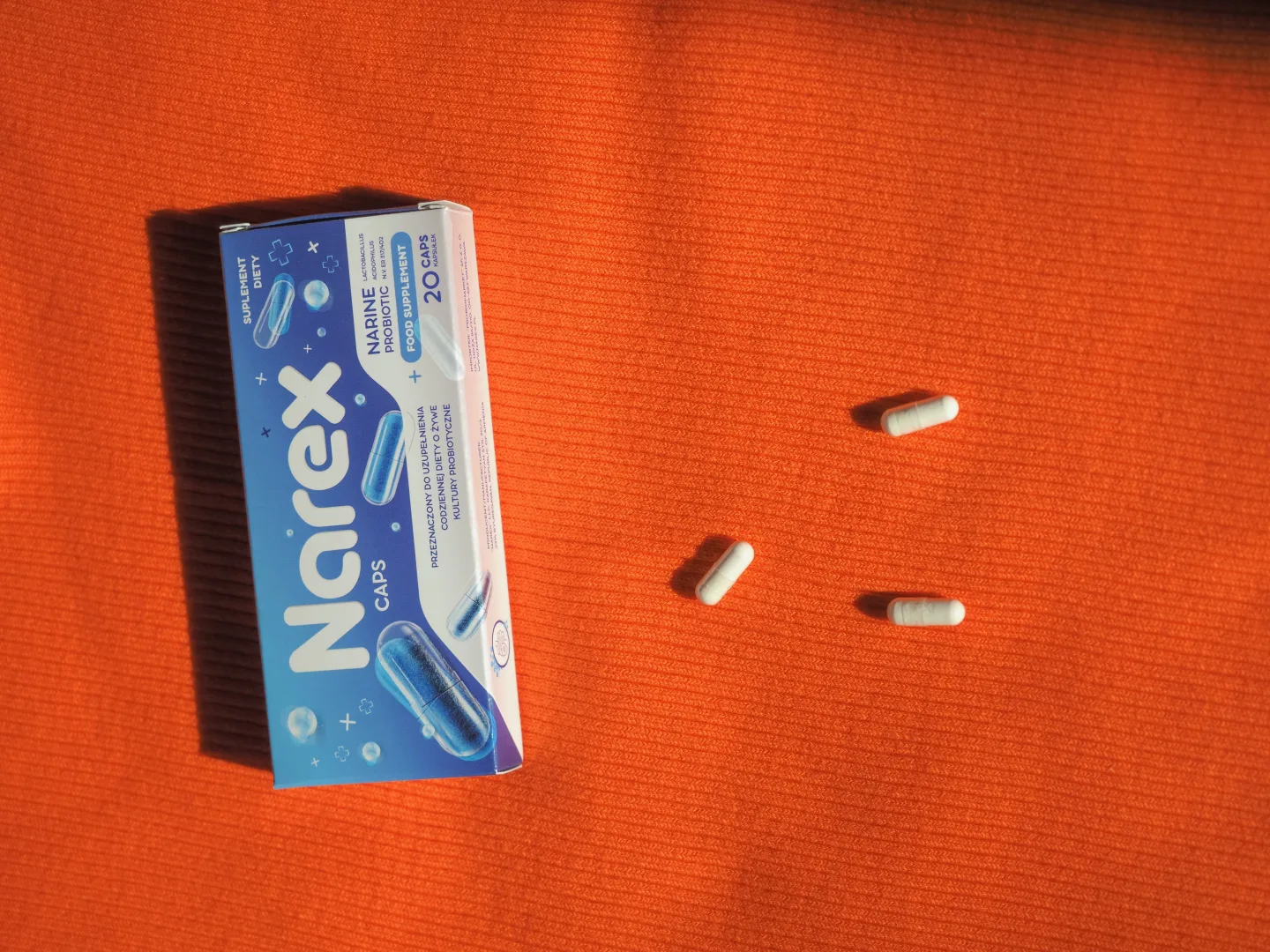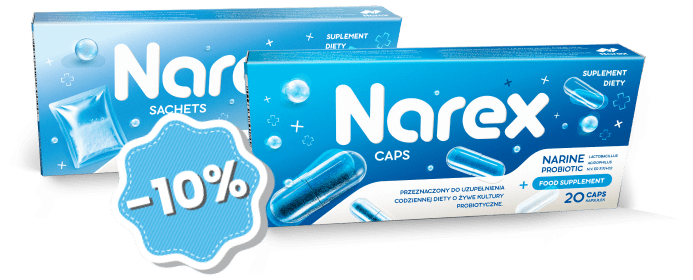
Probiotic Therapy During and After Antibiotic Treatment
During the autumn and winter seasons, viral infections are most common, and treatment should focus on relieving symptoms such as a runny nose, cough, and fever. However, many people in Poland still expect a prescription for antibiotics, hoping for a quick fix. This article explains why antibiotics are not suitable for viral infections and how to support the body effectively during recovery.
Overuse of antibiotics leads to antibiotic resistance — meaning that in the future, when a bacterial infection truly occurs, the antibiotic may no longer work. This poses a serious threat, so antibiotics must be used responsibly.
Sometimes, however, a viral infection turns into a bacterial one, and antibiotics become necessary. You should be aware that such treatment always affects the gut microbiota, causing significant disruption to the intestinal ecosystem.
Side Effects of Antibiotic Therapy
While antibiotics fight infections, they also harm beneficial gut bacteria, leading to an imbalance that can negatively impact health. The most common side effects are diarrhea, abdominal pain, bloating, and nausea.
In some patients, antibiotic use can lead to colonization by the anaerobic, Gram-positive bacterium Clostridioides difficile, which damages the large intestine when it overgrows. Even if no immediate intestinal symptoms appear, it is almost certain that the microbiota composition has changed, which may manifest later. Since gut health influences immunity, metabolism, skin, and even mental well-being, probiotic protection during antibiotic therapy is essential.
Which Probiotic Strains Should You Take During Antibiotic Treatment?
The main goal of probiotics taken alongside antibiotics is to prevent antibiotic-associated diarrhea — one of the most common side effects of such therapy.
Recommended probiotic strains include:
Lactobacillus rhamnosus ACTT 53103 (LGG)
Lactiplantibacillus plantarum 299v
Saccharomyces boulardii (a beneficial yeast)
Look for these strains in probiotic supplements and take them as directed throughout the antibiotic course.
A common myth claims that probiotics cannot be taken at the same time as antibiotics — this is false. The strains listed above are resistant to antibiotics, digestive enzymes, and stomach acid. Therefore, you can take your probiotic either before or after your antibiotic dose without concern for timing intervals.
How to Support Gut Microbiota After Antibiotic Treatment
Even if you used probiotics during antibiotic therapy, your gut still needs support afterward — both through diet and supplementation.
If your health allows, return to a diet rich in fiber, polyphenols, and omega-3 fatty acids. These nutrients feed beneficial bacteria, helping them multiply and rebuild strong colonies. Include fermented foods such as sauerkraut, kefir, and yogurt, but choose those with short, natural ingredient lists and no added sugar or preservatives. You can also make homemade yogurt using Lactobacillus acidophilus Narine starter cultures.
As for supplementation, there are no strict rules about which strains to use afterward. The goal is to restore your natural gut flora disrupted by antibiotics. A high-quality multi-strain probiotic containing Lactobacillus and Bifidobacterium species is recommended. You can also use Lactobacillus acidophilus Er-2 strain 317/402, known as Narine. Combine probiotic therapy with a prebiotic-rich diet — including fiber, fermented foods, and vegetables — for two to three months to achieve optimal recovery.
In summary, antibiotics are sometimes necessary, but they inevitably disturb the gut’s natural balance. To minimize side effects, use well-researched probiotic strains during antibiotic therapy and continue supplementation for two to three months afterward. This approach helps restore gut microbiota equilibrium and strengthens overall health.








